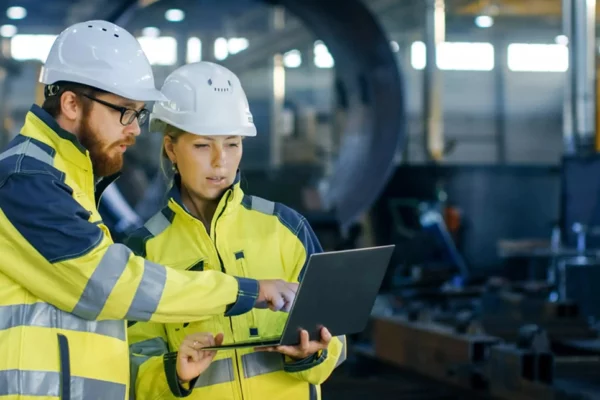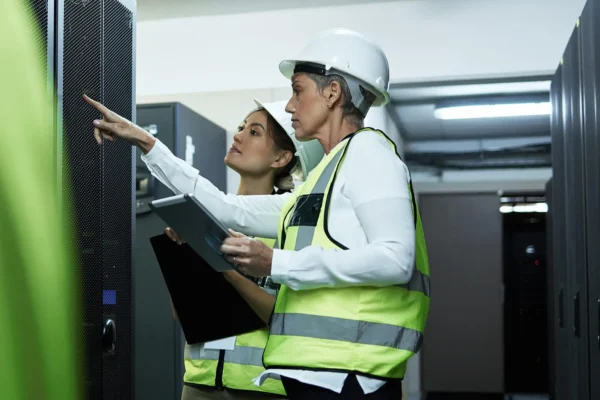
I hope you enjoy reading this blog post.
If you want my team to just do your health and safety for you, click here.
Gas Testing in Telecoms: Ensuring Safety and Reliability in Chambers and Buildings
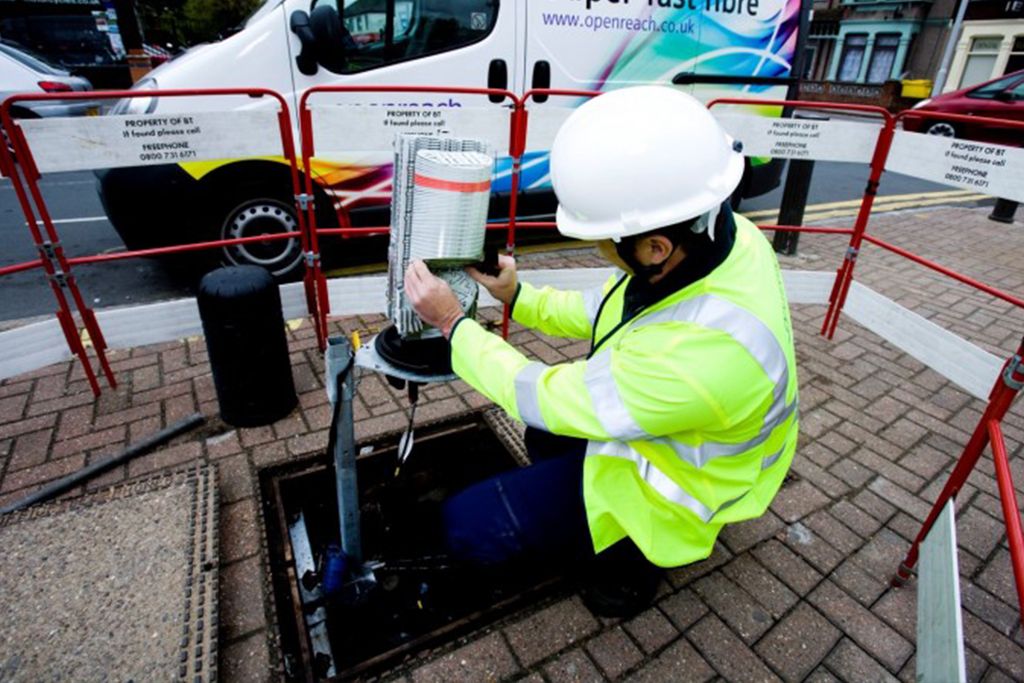
Are your teams undertaking Gas Detection Unit (GDU) & Portable Photoionization Detector (PID) infrastructure monitoring?
As the demand for seamless connectivity continues to rise, and with the national fibre roll out underway, your infrastructure supporting these networks must be reliable, secure, and safe.
Gas testing and monitoring chambers, buildings / enclosed spaces is an essential aspect of ensuring a safe working environment.
In this blog post, we will explore the significance of gas testing, its benefits, and the procedures involved in maintaining a safe environment for the telecoms industry.
The Importance of Gas Testing
Gas testing is a critical process that helps identify potential hazards and ensures the safety of personnel working in the communications and data industry. The use of various gases, such as flammable gasses, (methane, propane, butane) toxic gasses (hydrogen sulfide, carbon dioxide, carbon monoxide), is a risk within a telecoms network. These gases, if not monitored and controlled effectively, can pose significant risks to human life, infrastructure, and the environment.
By conducting regular gas testing and monitoring within their infrastructure, Communication Providers (CP’s) can identify and rectify any leaks promptly. This proactive approach minimises the chances of accidents, such as fires, explosions, and ensures the uninterrupted flow of communication and data services. Additionally, gas testing is a regulatory requirement to protect the operative and others who may be affected by their works.
Benefits of Gas Testing
Gas testing offers several safety benefits to the telecoms industry. Firstly, it helps prevent accidents and potential disasters. Detecting gas leaks early allows companies to take immediate action by reporting leaks to their local gas provider, who can react to control the risk and rectify the leak. Swift action can avoid the potential build-up of explosive atmospheres, that may result in no or restricted access to premises (data centres, switch sites, etc).
Secondly, information, instruction, and training regarding gas testing, improves the overall safety culture within the telecoms industry. Regular testing and monitoring create awareness among employees about potential gas-related risks. This heightened sense of safety awareness leads to a more proactive and vigilant workforce, fostering a safer working environment for all.
Procedures for Gas Testing
Gas testing in chambers and buildings involves several essential procedures. The first step is to determine the associated risks (chemical site etc). This information helps develop a comprehensive testing plan tailored to the specific requirements of the location.
Gas testing is typically conducted using specialised equipment, including GDU’s (Gas Detection Units) These devices can detect and measure the presence and concentration of gases in the environment. The tests should cover all areas where gases may accumulate. There may also be locations / atmospheres where a Portable Photoionization Detector (PID) are required. These detectors are designed to monitor a group of gases known as volatile organic compounds (VOCs), which can be vapours from things like solvents or fuels.
All units should be ATEX Approved. ATEX is the European certification given to equipment tested and approved to be intrinsically safe. If a product / piece of equipment has official ATEX certification, it has been fully tested and approved to be safe to use in hazardous / explosive atmospheres.
A GDU Lower Explosive Limit (LEL) is the minimum concentration of a specific gas that is required for combustion to take place upon contact with oxygen. If the concentration of the gas is lower than this level, the mix will be too weak to cause a spark. Prior to entry of a chamber, building and enclosed spaces etc, the level of flammable gases must be below 10% of LEL to ensure the safety of any workers. This must be monitored both before and throughout entry with a calibrated (in date) GDU.
Regular testing intervals should be established to ensure ongoing safety and compliance. It is crucial to follow your company procedures while conducting gas tests. Once the tests are completed, the results will be data logged within your unit.
Examples below of Gas Detection Units-GDU’s (not an exhaustive list)
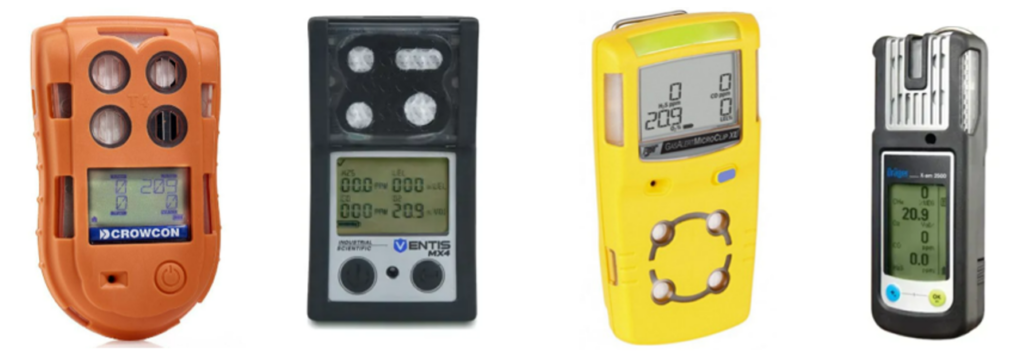
Summary
Gas testing in chambers and buildings is a vital aspect of maintaining safety and efficiency within the telecoms industry. By proactively identifying and addressing gas-related hazards, telecoms companies can aim to ensure the uninterrupted services, while safeguarding the well-being of their employees, and protecting their infrastructure. Regular gas testing not only prevents accidents and disasters but also optimises operational efficiency and fosters a strong safety culture. As the telecoms industry continues to evolve and expand, prioritising gas testing remains crucial to meet the demands of a connected world.
Need further support?
If you require an independent health, safety and quality auditing solution for your infrastructure rollout or field engineering maintenance, PSM can provide an on-going solution to ensure your assets are compliant.
Do you want better compliance?
Hey, I’m Alex Burbidge. I’m determined to make a business health and safety compliant. My only question is, will it be yours?
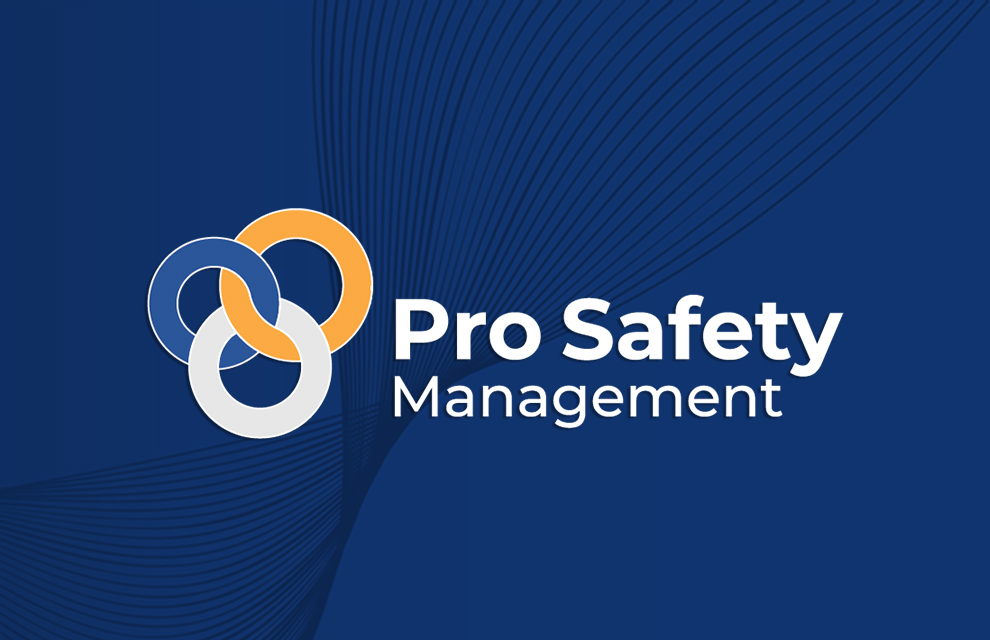
About Pro Safety Management
We are a Specialist Telecoms Health and Safety Consultancy with over 40+ years experience. Serving some of the global leading telecommunication companies, we provide specialist and strategic health and safety management ensuring operational standards at the highest level.
Do you want better compliance?
Hey, I’m Alex Burbidge. I’m determined to make a business health and safety compliant. My only question is, will it be yours?


